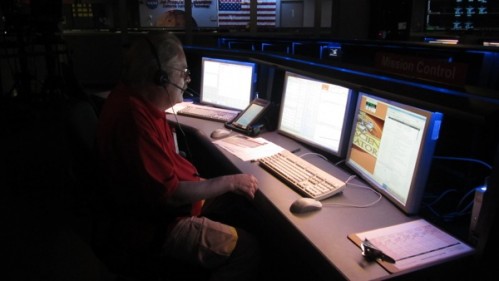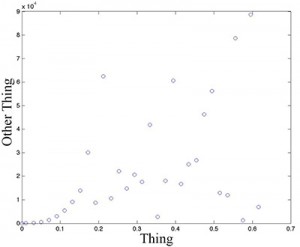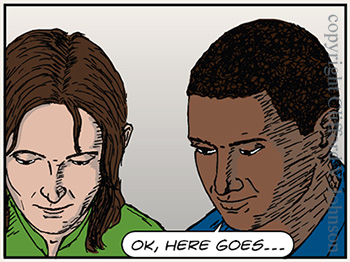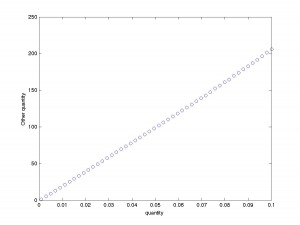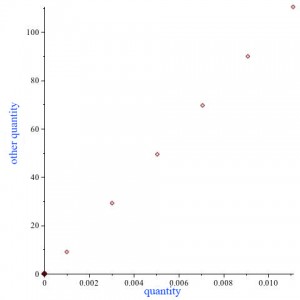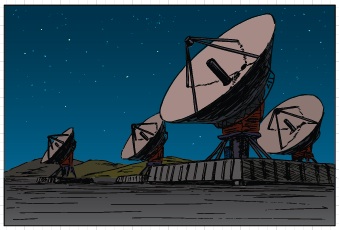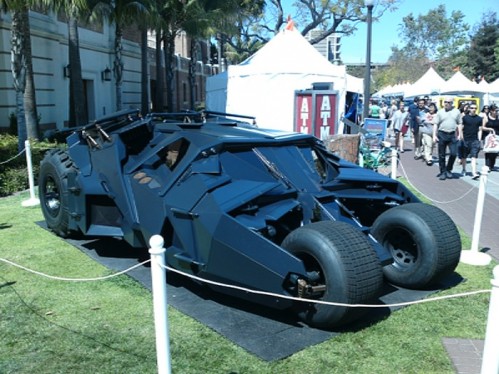 It’s that time again. I finish a notebook and start a new one. A new book is begun with writing my name and contact information in the front part, in case it gets lost, and an old one is ended with mixed feelings, and that ending is often a bit drawn out. Notebooks go around with me nearly everywhere, and have pieces of me in them in one shape or another, and so it is hard to stop carrying one and start a new one. I’ve got bits of computations, shopping lists, partial thoughts about projects, design sketches, doodles, snippets of silent conversations between me and another person at a concert or talk (writing it down is often less distracting to neighbours than a whisper), scribbled phone numbers, film, book or cd reminders, and of course lots of practice sketches and doodles on trains, planes, and in automobiles, done almost on a daily basis, sketches done in (and sometimes of) an event, or of a interesting place or structure. (You’ve seen some of them here on the blog.) Almost everything has a date written on the page, or on a page nearby, which is hugely valuable.
It’s that time again. I finish a notebook and start a new one. A new book is begun with writing my name and contact information in the front part, in case it gets lost, and an old one is ended with mixed feelings, and that ending is often a bit drawn out. Notebooks go around with me nearly everywhere, and have pieces of me in them in one shape or another, and so it is hard to stop carrying one and start a new one. I’ve got bits of computations, shopping lists, partial thoughts about projects, design sketches, doodles, snippets of silent conversations between me and another person at a concert or talk (writing it down is often less distracting to neighbours than a whisper), scribbled phone numbers, film, book or cd reminders, and of course lots of practice sketches and doodles on trains, planes, and in automobiles, done almost on a daily basis, sketches done in (and sometimes of) an event, or of a interesting place or structure. (You’ve seen some of them here on the blog.) Almost everything has a date written on the page, or on a page nearby, which is hugely valuable.
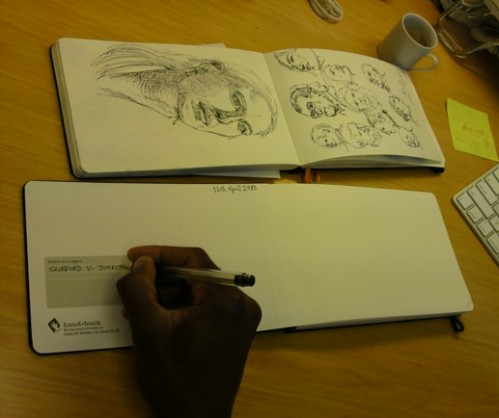 It’s a combination of notebook, journal, playground for ideas, and more. It is a joy to just open it up and flip through it and see so much of the last few months of my life and thought spread out in ink and pencil (and sometimes watercolour). Sometimes I hit on a particularly successful or interesting (or both) drawing that I love to open up and look at from time to time. You can search the blog under “sketches” for things that were in previous books. For example, a few of my favourites from this book are: Sketch of C. Tyler during her talk, sketch during a committee meeting, airline sketch of a national treasure, other airline sketches, a nice grab of a face from the subway, another airline sketch.
It’s a combination of notebook, journal, playground for ideas, and more. It is a joy to just open it up and flip through it and see so much of the last few months of my life and thought spread out in ink and pencil (and sometimes watercolour). Sometimes I hit on a particularly successful or interesting (or both) drawing that I love to open up and look at from time to time. You can search the blog under “sketches” for things that were in previous books. For example, a few of my favourites from this book are: Sketch of C. Tyler during her talk, sketch during a committee meeting, airline sketch of a national treasure, other airline sketches, a nice grab of a face from the subway, another airline sketch.
All of that now gets put on a shelf, since the pages have run out. It is bitter-sweet, as I also like the analogue, finite nature of the whole business. It has a lot of life written […] Click to continue reading this post →
 If you’re in town on Sunday 9th June, I strongly recommend coming along to this! The Natural History Museum is having its 100th Birthday celebration with an all day series of events. There’ll be new spaces and exhibits opening, including the new gardens they’ve been building for some time, and so there’s plenty to explore that will be new, and partly outdoors on a (hopefully) lovely day. (See here for an LA Times article on some of the changes.) As the day draws into the evening, there’ll be a real party brewing, with bands, DJs, bars, and so forth (see below). Kicking off the evening part of the proceedings at 6:30pm will be a talk and Q+A with JPL’s Adam Steltzner (of the Mars Curiosity Mission), in a spot hosted by me.
If you’re in town on Sunday 9th June, I strongly recommend coming along to this! The Natural History Museum is having its 100th Birthday celebration with an all day series of events. There’ll be new spaces and exhibits opening, including the new gardens they’ve been building for some time, and so there’s plenty to explore that will be new, and partly outdoors on a (hopefully) lovely day. (See here for an LA Times article on some of the changes.) As the day draws into the evening, there’ll be a real party brewing, with bands, DJs, bars, and so forth (see below). Kicking off the evening part of the proceedings at 6:30pm will be a talk and Q+A with JPL’s Adam Steltzner (of the Mars Curiosity Mission), in a spot hosted by me. 

